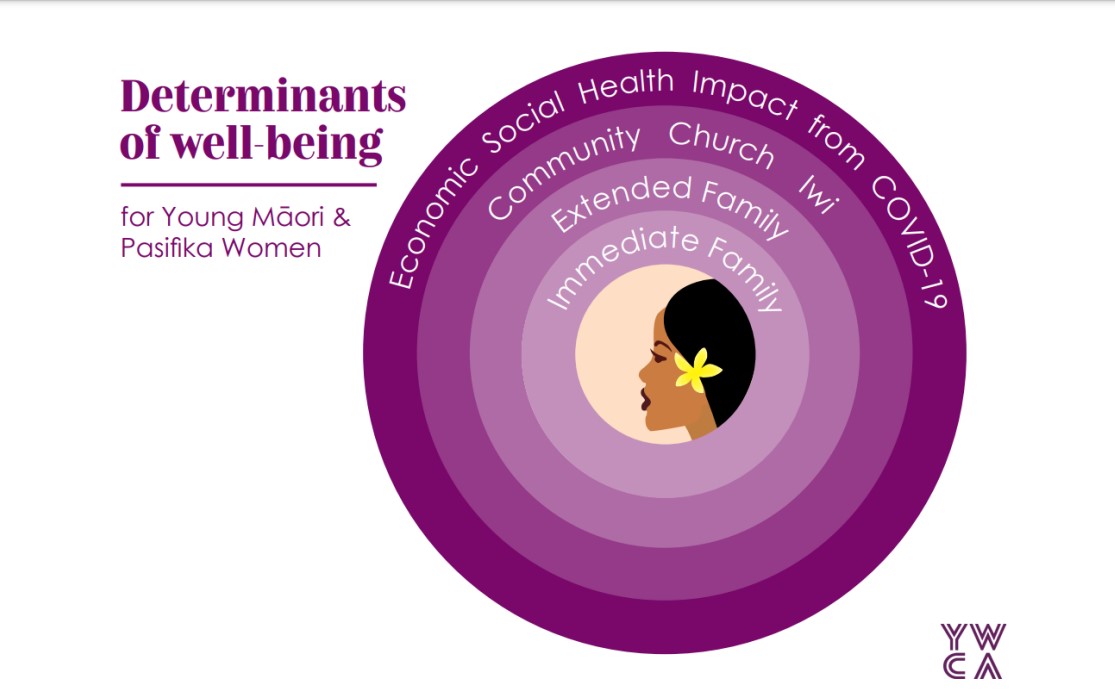Microbial Analysis of Drinking Water from Nadi to Lautoka Area in Viti Levu Fiji
Abstract
Introduction: Access to sufficient and safe drinking water is essential for human health and welfare. Countries in the Pacific Region like Fiji frequently face issues with access to safe drinking water and supply problems. Fluctuations in water resource availability, often untreated water and faulty treatment facilities, pollution, lack of proper water management frameworks and most importantly lack of water monitoring resources are all factors that influence Pacific Island Countries. Apart from this, Pacific Islands and their water supplies are susceptible to climate hazards such as floods, cyclones and drought. The Western Division of Fiji Islands is highly prone to adverse climatic conditions; therefore regular monitoring of the various drinking water sources is essential to ensure safety of people. This study was conducted in the Lautoka to Nadi corridor where 25 sites were randomly selected for water analysis processing from January to February 2019.
Method: Physio-chemical analysis, such as measuring pH and turbidity as well as simple microbial analysis, was conducted on the water samples. Specific growth media was used to determine the different types of bacteria (Coliform, Escherichia coli and Salmonella enterica) present in the water samples; Lauryl Tryptose Broth, Eosin Methlylene Blue Agar, Xylose Lysine Deoxycholate was used. Turbidity was measured using a digital turbidity meter and pH value was determined employing a digital meter.
Results and Discussion: From the analysis it was determined that overall the pH levels of samples (6.02-8.30) falls within the permissible limits; whereas turbidity was generally higher in untreated water sources with ranges from 3 to 8 nephelometric turbidity units. Microbial content was higher in untreated water samples. Other sources such as springs and creeks recorded the most significant number of Coliforms when compared to other sources and some samples indicated the presence of Escherichia coli and Salmonella enterica.
Conclusion: From the study it can be concluded that all the water samples tested positive for bacterial contamination particularly Coliforms and it was higher in untreated water. Water from the Municipality had almost all physio-chemical and bacteria parameters within the World Health Organization limits, except for turbidity which was generally above 1NTU. However, this was not the case for untreated water which in some samples contained high levels of harmful bacteria. Monitoring needs to be carried out to better understand water quality and implement counter measures.
Copyright (c) 2020 Danian Singh, Kelera Railoa

This work is licensed under a Creative Commons Attribution 4.0 International License.


